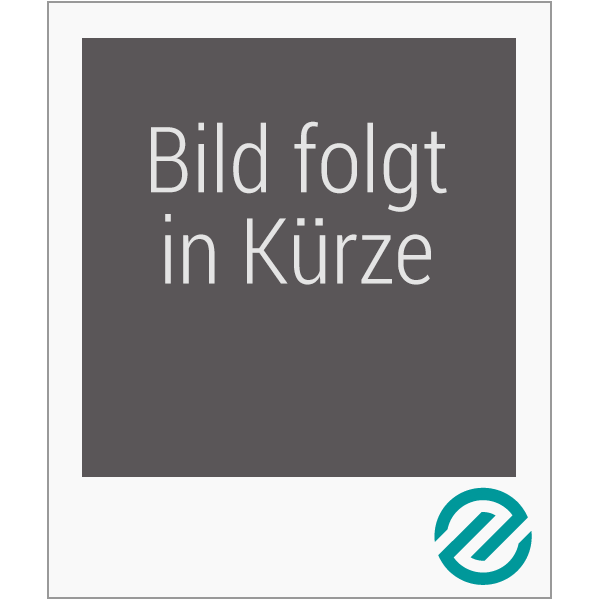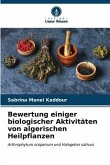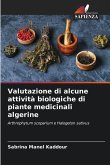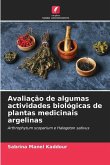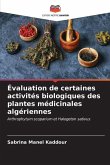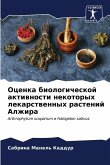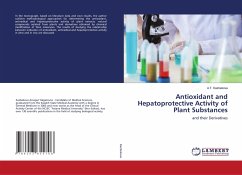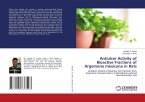The aim of this study is to evaluate, in vitro and in vivo, the antioxidant and anti-inflammatory activities of different extracts prepared from the aerial parts of Arthrophytum scoparium and Halogeton sativus. The contents of polyphenols, flavonoids and tannins of the crude methanolic extract (CrE) and its fractions: extract of chloroform (ChE), ethyl acetate (EAE), aqueous (EQA) and decoction (DEC) have been determined. The results showed that the DEC extract of A. scoparium contains the largest amount of phenolic compounds, flavonoids and tannins, whereas for H. sativus EAE contained the largest amount of polyphenols, flavonoids and tannins. CrE extracts from A. scoparium and EAE from H. sativus showed the highest scavenger (DPPH, ABTS and hydroxyl radicals), reductive and ion chelating activities. DECs of A. scoparium and H. sativus CrE exhibited the greatest activity of eliminating hydrogen peroxide. EAE extracts from H. sativus and CrE from A. scoparium were found to be themost potent inhibitors of beta-carotene oxidation with 99.12 ± 0.41% and 69.35 ± 0.32%, respectively.
Bitte wählen Sie Ihr Anliegen aus.
Rechnungen
Retourenschein anfordern
Bestellstatus
Storno

